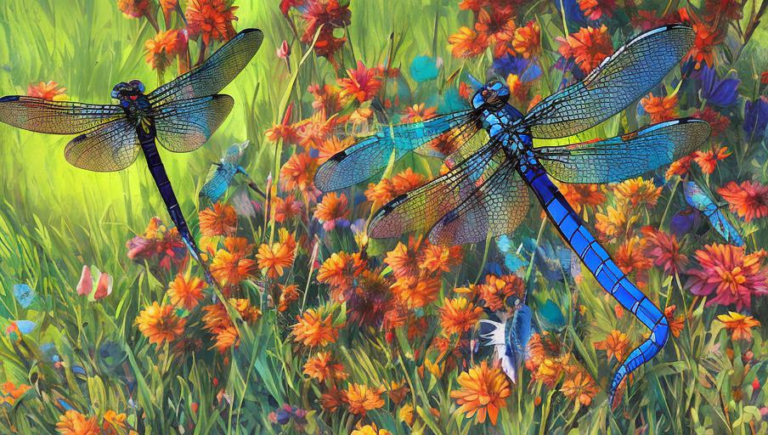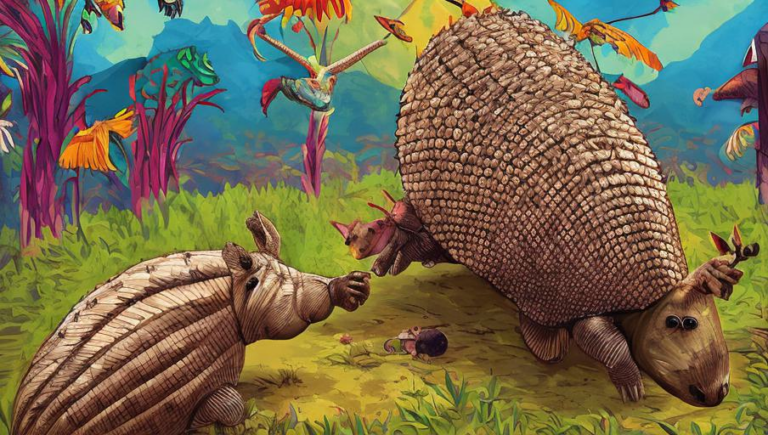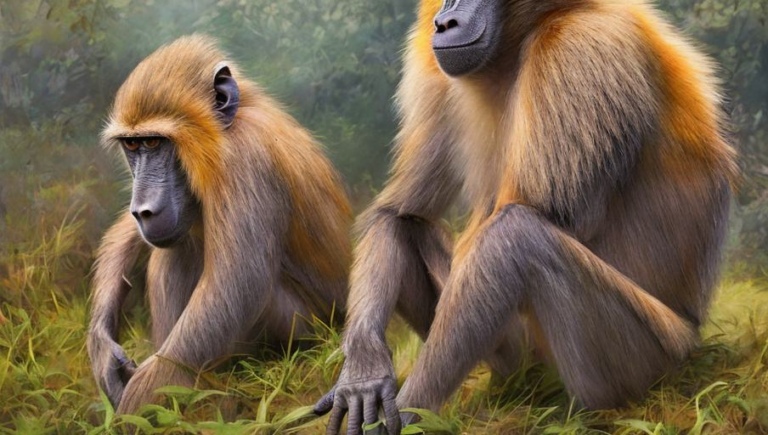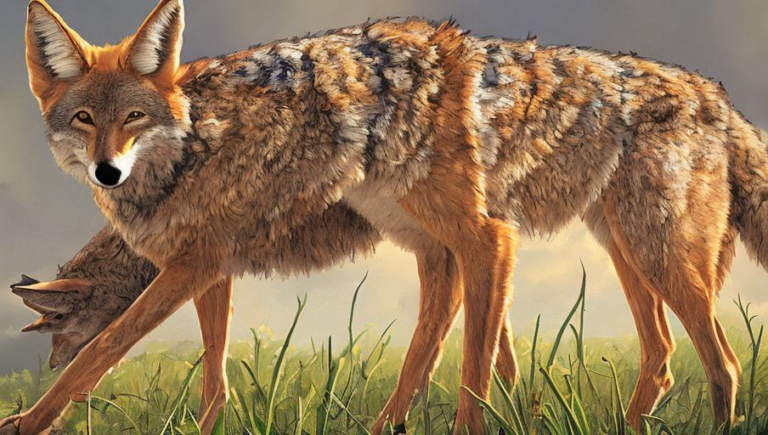Varied Habits of Ants
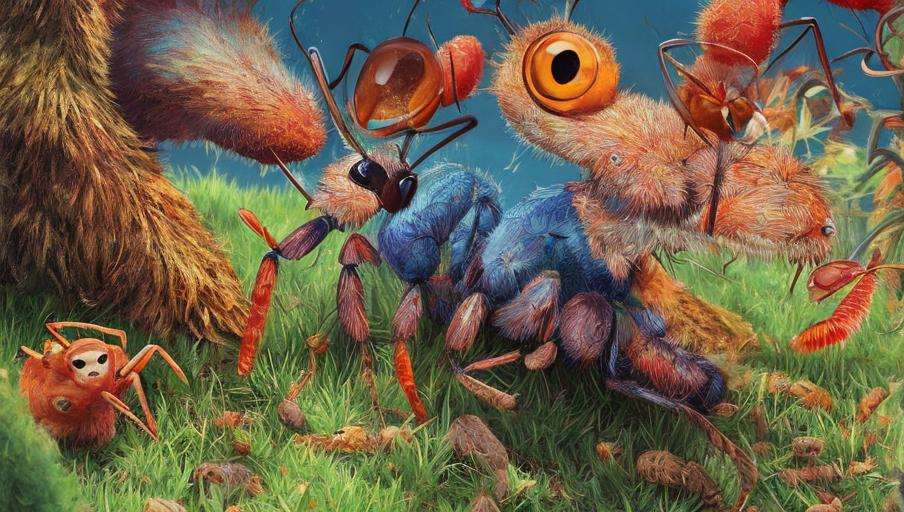
Ants: Tiny But Mighty
Ants are some of the most fascinating creatures on earth. These small, social insects are found everywhere, from the hottest deserts to the coldest mountain peaks. In fact, it is estimated that there are up to 10 quadrillion ants worldwide! While ants may be small in size, they are mighty in number, and their varied habitats and habits make them one of the most varied and successful animal species on the planet.
Habitats
Ants can be found in almost any environment, ranging from deserts to rainforests. One of the most interesting habitats for ants is the leaf litter of forests. In these areas, ants create complex tunnels and chambers in the leaf litter, which helps protect them from predators and provides them with a safe place to nest. Ants can also be found in grassland habitats, where they build large mounds of soil and vegetation. These mounds can be up to two meters in height and are used to store food and protect the ants from extreme temperatures.
Eating Habits
The diet of ants varies depending on the species. Some ants feed on plant matter, such as nectar and fruits, while others are omnivores, meaning they will eat both meat and plant matter. Some ants are even scavengers, meaning they will feed on dead animals or other insects. Ants can also feed on fungi, which they cultivate in their underground chambers. This is why ant colonies can be so successful; they have the ability to feed on a variety of sources.
Social Habits
Ants are highly social creatures, living in large colonies with a complex division of labor. In some colonies, the workers are divided into castes, with each caste having its own responsibilities. For example, some ants are responsible for foraging for food, while others are responsible for caring for the young. In addition, ants communicate with each other using pheromones and sounds, allowing them to coordinate activities and create a successful colony.
Predator Defense
Ants have developed a variety of methods to protect themselves from predators. Some species have strong mandibles that they use to bite their predators. Other species have stingers that they can use to inject venom into their predators. Some ants even use chemical defenses, such as releasing a cloud of pungent gas that can repel predators. By combining these various methods, ants have been able to survive in even the harshest of environments.
Conclusion
The varied habits of ants are truly amazing. From the complex social structure of their colonies to their wide range of habitats and diets, these tiny insects are capable of surviving in even the most extreme environments. With their strength in numbers, their elaborate defense mechanisms, and their ability to communicate, ants are some of the most successful creatures on the planet.


